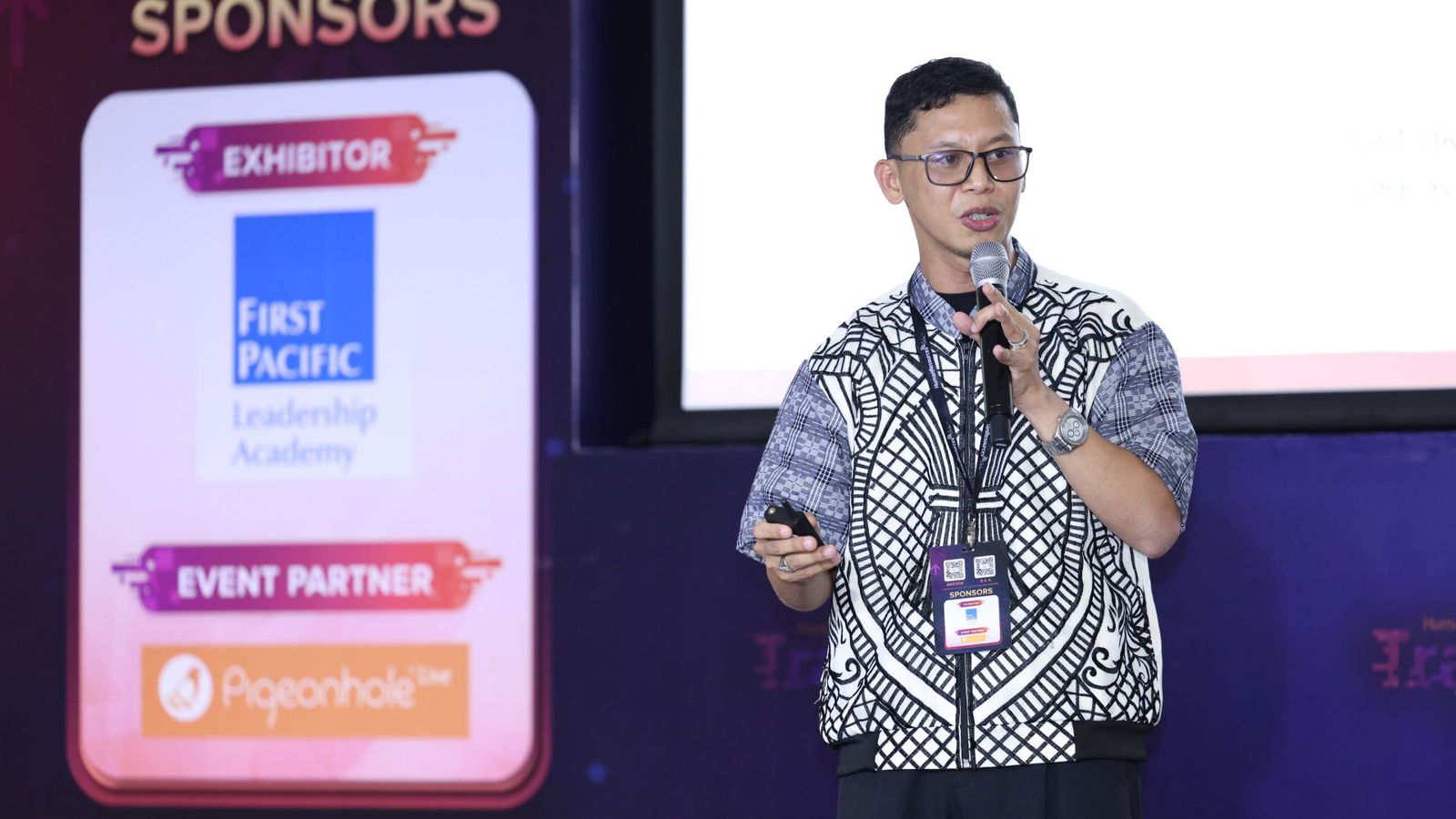share on
"We do not look for the brightest, we do not look [for the one] with the most skill set, but just like how you like your coffee, we have our standards," says Angelo, Chief Human Resource Officer of National Museum of the Philippines (NMP).
The modern world is seeing a decline in talent that seem to attain the best fit when it comes to hiring. This issue was recently addressed by Angelo Salamat Macario, Chief Human Resource Officer, National Museum of the Philippines (NMP).
Taking the stage at HRO's inaugural Transform Talent Philippines on 12 March 2025, he took us through a case study on how the NMP implements what is called, 'heroic hiring'.
Angelo believes in the importance of communication when hiring as it helps employers look for the right person to represent the work community.
We do not look for the brightest, we do not look [for the one] with the most skill set, but just like how you like your coffee, we have our standards.
To ensure the right person is found, NMP implemented the Competency-Based Human Resources System (CBHRS) to set standards in the core functions of Human Resource Management. He then breaks the system into three areas of assessment: Four core competencies, five leadership competencies, and 36 functional competencies.
The functional competencies are then organised into a competency table where each hiring position has a set of core competency skills to fulfil to ensure the best talents are obtained in the organisation. To this point, Angelo urged organisations to encourage everyone from all walks of life, who may be interested in working for them, to apply for a role with them. Taking NMP for example, the organisation welcomes indigenous people and people of the LGBTQ+ community, with the goal of making the workplace an inclusive environment for all.
Moving on to applicant screening, Angelo shared that using the 'START' approach to interviewing potential employees helps with filtering out the right individual for the role that the organisation is looking for.
- S- Situation
- T -Task
- A – Action
- R – Result
- T- Takeaway
Apart from the START format, Angelo encouraged employers to phrase questions more positively during interviews. One example is: "What have you learnt from this experience?", so that applicants would not feel they possess more weaknesses than their strengths. By crafting questions in a more positive manner, employers will also be able to assess the potential of the applicants’ growth if they were to be part of the organisation.
During this process, employers are advised to look into the behaviour of the applicant rather than a stacked pile of skills or experience an applicant has. Angelo believes that skills can be taught and passed on from person to person however, a good attitude is hard to cultivate. “If that someone has a good attitude, this person will make time [and] will make [an] effort to know the job,” he explained.
Concluding his sharing, Angelo posed as question to the audience: Do we hire employees as talents or as strategic partners? Ultimately, nobody is indispensable, and organisations should prepare a pipeline every time a critical position is vacant so that there is someone to fill in the role.
share on


